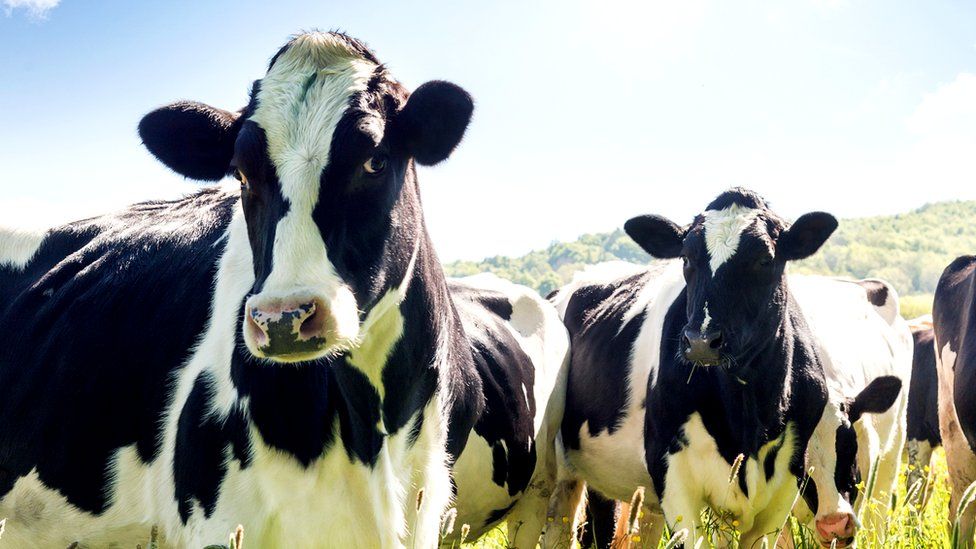- Mission Highlights
- 1. OVERVIEW
- 2. SOCIO-ECONOMIC CONTEXT
- 3. FOOD PRODUCTION IN 2009
- 4. Grain Supply/Demand Situation
- 5. Highlights/Summary Food security status in 2010
- Annex 1
- Annex 2
Mission Highlights
|
1. OVERVIEW
An FAO/WFP Crop and Food Security Assessment Mission visited Ethiopia from 9 November to 4 December 2009 to estimate the 2009 main meher season cereal and pulse production; review the 2009 secondary belg season harvests; forecast the 2010 belg season production; and assess the overall food supply situation for the 2010 marketing year (January/December). Accompanied by experts from the Ministry of Agriculture and Rural Development (MoARD), the Central Statistics Authority (CSA) and by observers from USAID/FEWSNet and the Joint Research Centre of the European Commission (EC-JRC), the Mission mobilized seven teams and visited, over an 18-day period, 62 zones and special woredas (districts) covering all the grain producing regions and the marginal areas.
The Mission obtained pre-harvest planted area estimates from the annual CSA sample survey. At regional level, CSA data were disaggregated by main crops. At zonal level data were provided only at aggregate level by main commodity groups such as cereals, pulses and oilseeds. Yield estimates for all major food crops were obtained from woreda, zonal and regional agricultural bureaux, which were cross-checked against information provided by farmers, traders, NGOs that were interviewed during the field trips and against remote sensing and rainfall data provided by early warning systems. Within the visited zones and special woredas, about 250 key informant interviews were conducted, about half of them with farmers and associated with crop inspections, including spot-check crop-cuts. Market visits, livestock body condition scoring and continuous transect observation recording of crops and their conditions using the Pictorial Evaluation Tool (PET) were conducted over about 22 000 km travelled by the teams. This information provided the background with which teams audited performance data received and, where considered necessary, yield forecasts were adjusted to take into consideration the latest and broader information collected by the teams.
The Mission also acquired CSA pre-harvest yield estimates, determined by CSA staff from farmer interviews conducted in September/October against which to compare and contrast the Mission’s later November/December findings. To determine food needs, the Mission held interviews with different stakeholders such as FEWSNet, DRMFSS, Save the Children UK, OCHA, UNICEF and also reviewed preliminary reports from the mid meher and meher needs assessments.
The overall agricultural performance of the 2009 meher season has been affected by general late seasonal rains coupled with erratic distribution, prolonged dry spells and below normal amounts in several eastern pats of the country. In particular, the poor performance of the meher rains affected eastern, south-eastern and southern Tigray, eastern Amhara, Afar, Gambella, parts of eastern Oromia, parts of SNNPR and Somali Regions. Although the performance of meher rains was relatively better in the western parts of the country, the late onset of the rains, which necessitated re-plantings in parts, affected yields of crops in some traditionally high-producing areas, especially in West Shewa, East Shewa and Arsi in Oromia; Awi, East Gojam, West Gojam, North Gonder and South Gonder in Amhara; and Metekel and Pawe Special Woreda in Benishangul Gumuz. Read More

No comments:
Post a Comment